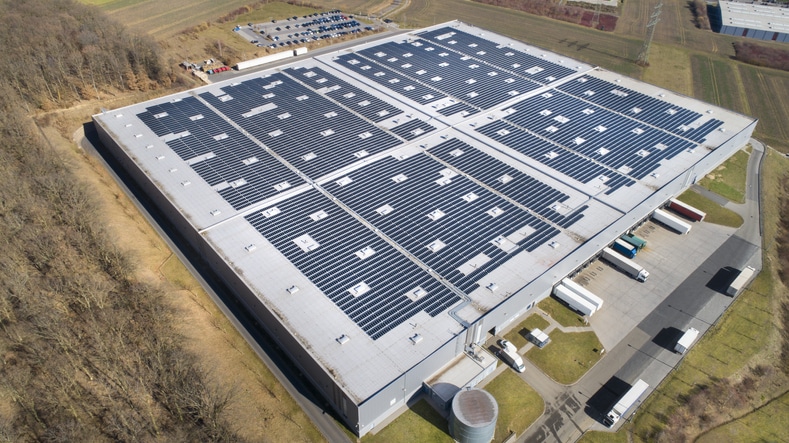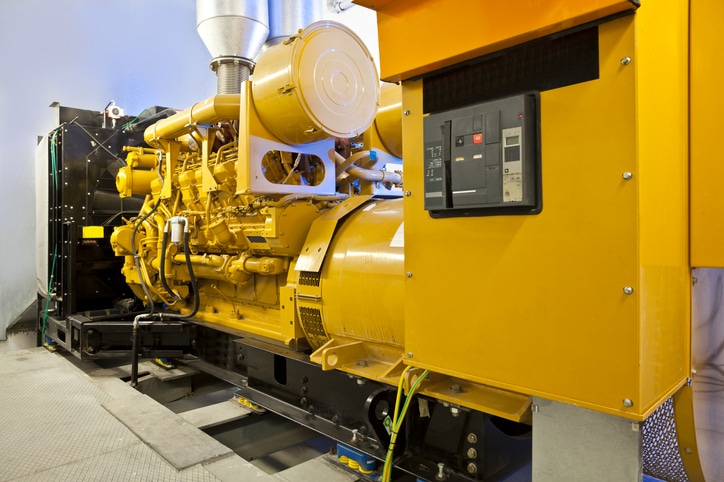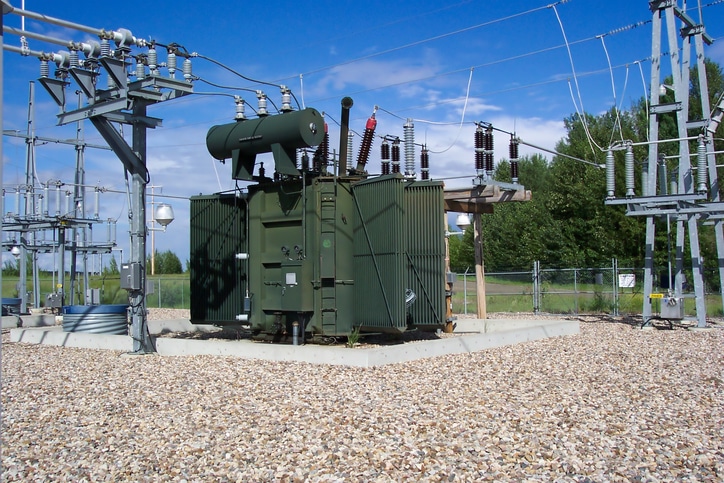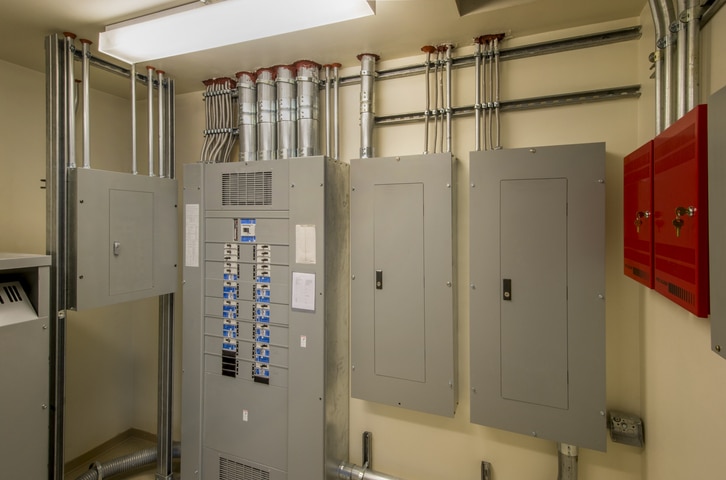
The demand for renewable energy has grown considerably over the years for the residential and commercial sectors alike. This popularity has continued to grow as energy prices soar and people seek cost-effective ways to power their homes and facilities.










